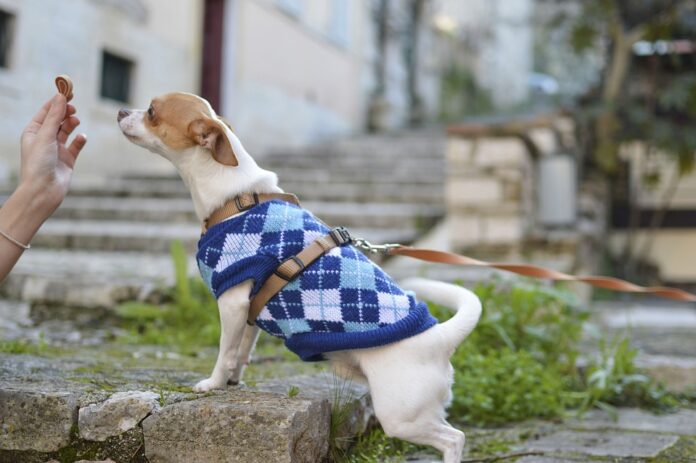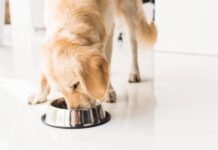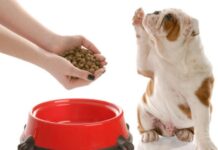Managing Calcium Oxalate Urinary Stones in Pets
For pet owners of dogs and cats with a history of calcium oxalate urinary stones, managing diet is crucial for reducing the risk of future occurrences. Ensuring ample water intake and adhering to a specially formulated diet without additional food items can significantly minimize this risk. This article explores the importance of these diets, safe treat options, and creative feeding strategies.
The Importance of a Specialized Diet
Veterinary therapeutic diets specifically designed for pets with a history of calcium oxalate stones have been rigorously tested as standalone food sources. Mixing these diets with treats, chews, or supplements can alter their efficacy, potentially increasing the risk of stone formation. While the ideal scenario recommends no treats, many pet owners seek alternatives that can accommodate their furry friends’ desires.
Recommended Commercial Treats
When considering treats for your pet, some commercial brands that produce veterinary therapeutic diets also offer specially formulated treats that can be safely integrated with these diets. It is advisable to consult your veterinarian before introducing any new items to ensure compatibility with your pet’s dietary requirements.
Key Consideration: Avoid mixing foods or treats from different manufacturers, as this can interfere with the therapeutic diet’s effectiveness.
Creative Feeding Strategies
- Use Dry Food as Treats: The dry version of a therapeutic diet can serve as a treat alternative, or vice versa.
- Puzzle and Dispensing Toys: Consider placing portions of dry or canned food into puzzle toys, which can engage your pet while also serving as a treat.
- Frozen Treats: Freeze portions of the canned diet in rubber toys like Kongs for a long-lasting chew.
Low Oxalate Human Foods as Treats
While refraining from treats is preferable, certain human foods low in oxalate content can be considered in small amounts. Below is a list of suitable options that contain less than 5 mg of oxalate per 20-calorie serving. Ensure that treats do not surpass 10% of your pet’s daily caloric intake.
Foods and Servings for 20 Calories
- Applesauce: 1/8 cup (25 grams)
- Banana: 1/4 cup slices (38 grams)
- Blueberries: 1/4 cup (37 grams)
- Pears: 1/4 cup slices (35 grams)
- Strawberries: 5 medium (60 grams)
- Apples: 1/3 cup slices (36 grams)
- Cantaloupe or Watermelon: 1/2 cup diced (78 grams)
- Boiled Broccoli: 1/2 cup chopped or diced (78 grams)
- Cucumbers, raw: 1 cup slices (100 grams)
- Green Pepper, raw: 1 cup slices (92 grams)
- Zucchini, raw: 1 cup chopped (124 grams)
Foods to Avoid
Pet owners should be cautious with treats that have variable oxalate content. Additionally, avoid animal-based chews such as rawhides and certain human foods that are known to be high in oxalates. For instance, while peanut butter is a common medication masking food, it is not advisable for dogs with a history of calcium oxalate stones due to its high oxalate content.
Consult Your Veterinarian
For pets with a medical history involving calcium oxalate stones, it is crucial to discuss any new treats or foods with a veterinarian. Professional guidance can help ensure that your pet’s dietary regimen remains beneficial and minimizes health risks.
By understanding and implementing a thoughtful dietary strategy, pet owners can help their dogs and cats lead healthier lives, significantly reducing the likelihood of calcium oxalate urinary stones.











